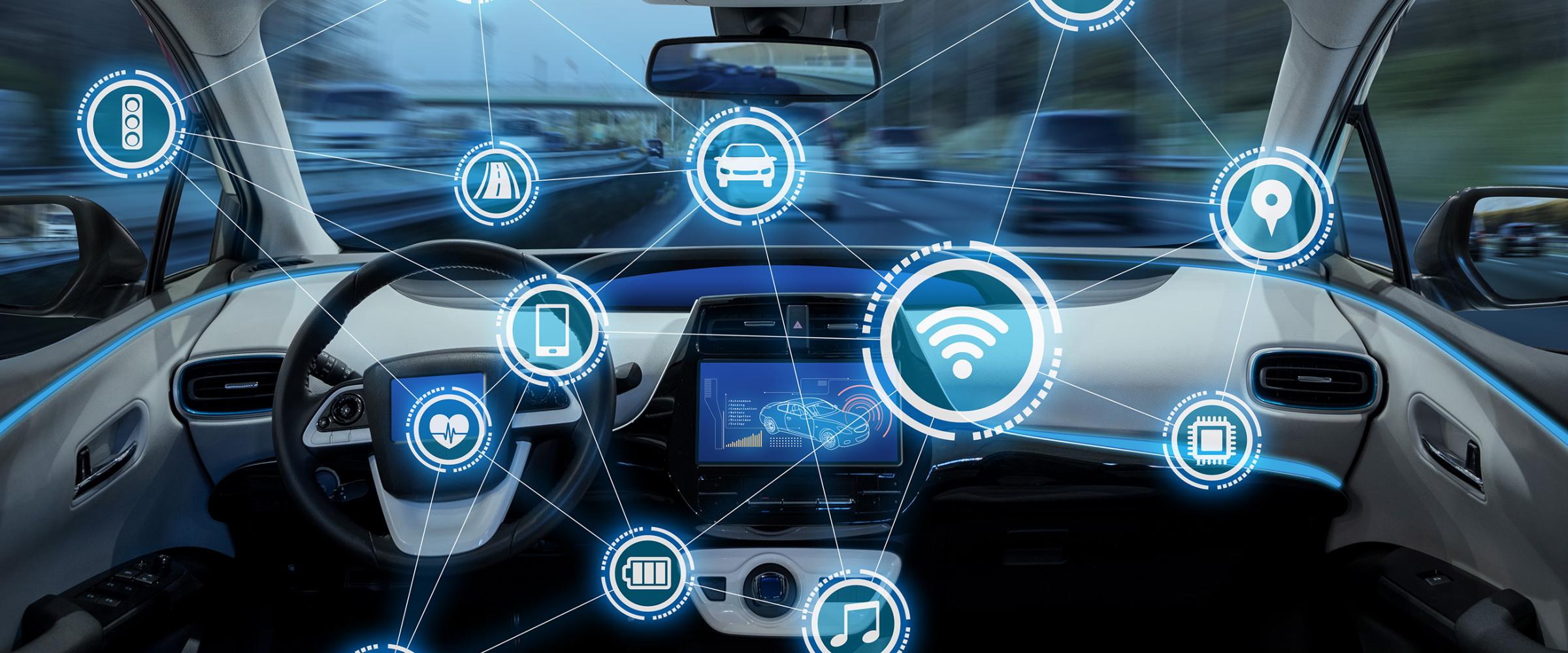Connectivity & Autonomy
Game-Changing Research
Connectivity and autonomy are rebooting transportation, fundamentally changing how vehicles are designed, engineered, manufactured, sold, serviced, and used. Lawrence Berkeley National Laboratory (Berkeley Lab) is on the cutting edge of connected and autonomous vehicle research.
Connectivity & Autonomy
 Future transport systems will certainly be connected, data-driven, and highly automated, revolutionizing transportation in the U.S. and the world. Communities will enjoy many benefits, including improved mobility for the elderly and disabled, enhanced transit connections, increased safety and energy efficiency, and decreased air pollution.
Future transport systems will certainly be connected, data-driven, and highly automated, revolutionizing transportation in the U.S. and the world. Communities will enjoy many benefits, including improved mobility for the elderly and disabled, enhanced transit connections, increased safety and energy efficiency, and decreased air pollution.
Connected and autonomous vehicles (CAVs) research is exploding. Berkeley Lab and University of California, Berkeley (UC Berkeley) are partnering on pioneering research in systems modeling, vehicle and highway automation, traffic system modeling, and vehicle dynamics and control, along with active vehicle and intersection safety.
They apply and extend advanced communications technologies to track and transmit velocity and distances between vehicles and infrastructure improving safety and reducing fuel consumption. They also engage a host of machine language techniques, including deep learning and deep reinforcement learning, to optimize traffic conditions and improve air quality. (See article "Machine Learning to Help Optimize Traffic and Reduce Pollution".)
These complex multi-year projects require extensive collaboration among researchers from Berkeley Lab, multiple UC Berkeley departments, and other universities and corporate research centers.

